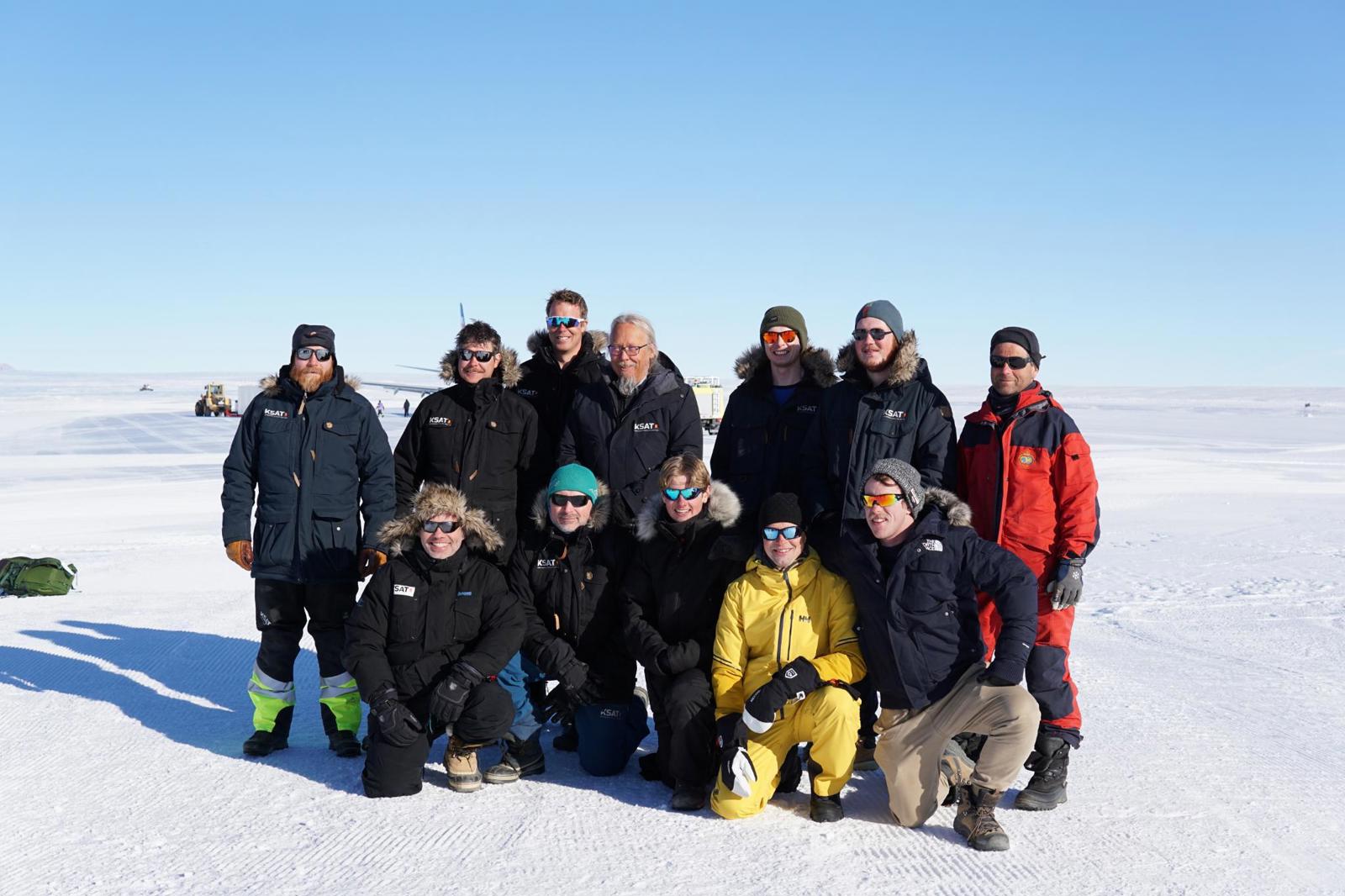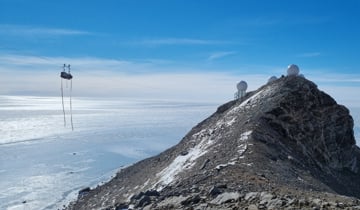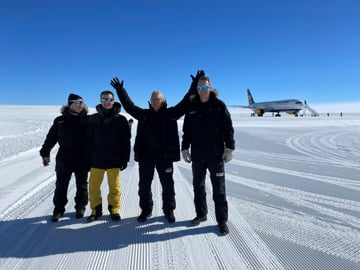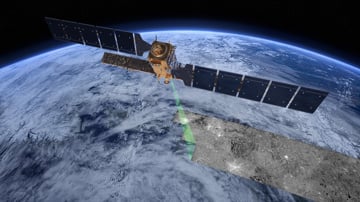Located at 72' South, the KSAT Trollsat ground station in Antarctica provides access to almost all orbits from the southern hemisphere. The Svalbard Ground Station combined with the Troll Ground Station provides connectivity twice per orbit for most Polar Orbiting satellites.
Total 23 antennas at Troll
It’s also the second fastest growing ground station for KSAT, by the building of no less than ten new antennas in two seasons.
– At Antarctica KSAT will operate and host 23 antennas after next season, having built six antennas last year – and four new this season, Thomas Rochmann says, system engineer at KSAT and site manager at Troll.
Troll Ground Station focus is data reception and dissemination for meteorology and climate information as well as Earth Observation services.
Only accessible in summer
Both small and big antennas are planned for in Antarctica, one of the most remote places on Earth to operate. The difference from other ground stations is that Troll is only accessible during summer, that stretches from mid-November to the beginning of March. In the summer “everything” needs to be done, because later it’s next to impossible to fly in.
Busy January-March
By December there is already a small crew on site to do the foundations for the antennas, however the main task force will be flown in late January to complete the construction. In the summer there is only one flight per month crossing the sea and during winter there are none. 99 per cent of all the equipment arrives via boat in late January. This makes the last 1-2 months extremely busy.
– In a brief period of time all the manual work has to be completed, like maintenance, new installations, upgrades and infrastructure work, the site manager states.
More resilient services
The crew that flies in late-January consists of system-, antenna-, IT/network-, electrical- and automation engineers. It is also expected that everyone that travels to Troll contributes with more than just their area of expertise. The approach is more or less “all hands on deck”.
This season we will do additional upgrades to our infrastructure. Increasing the redundancy and monitoring capabilities in order to provide even better and more resilient services to our customers.



